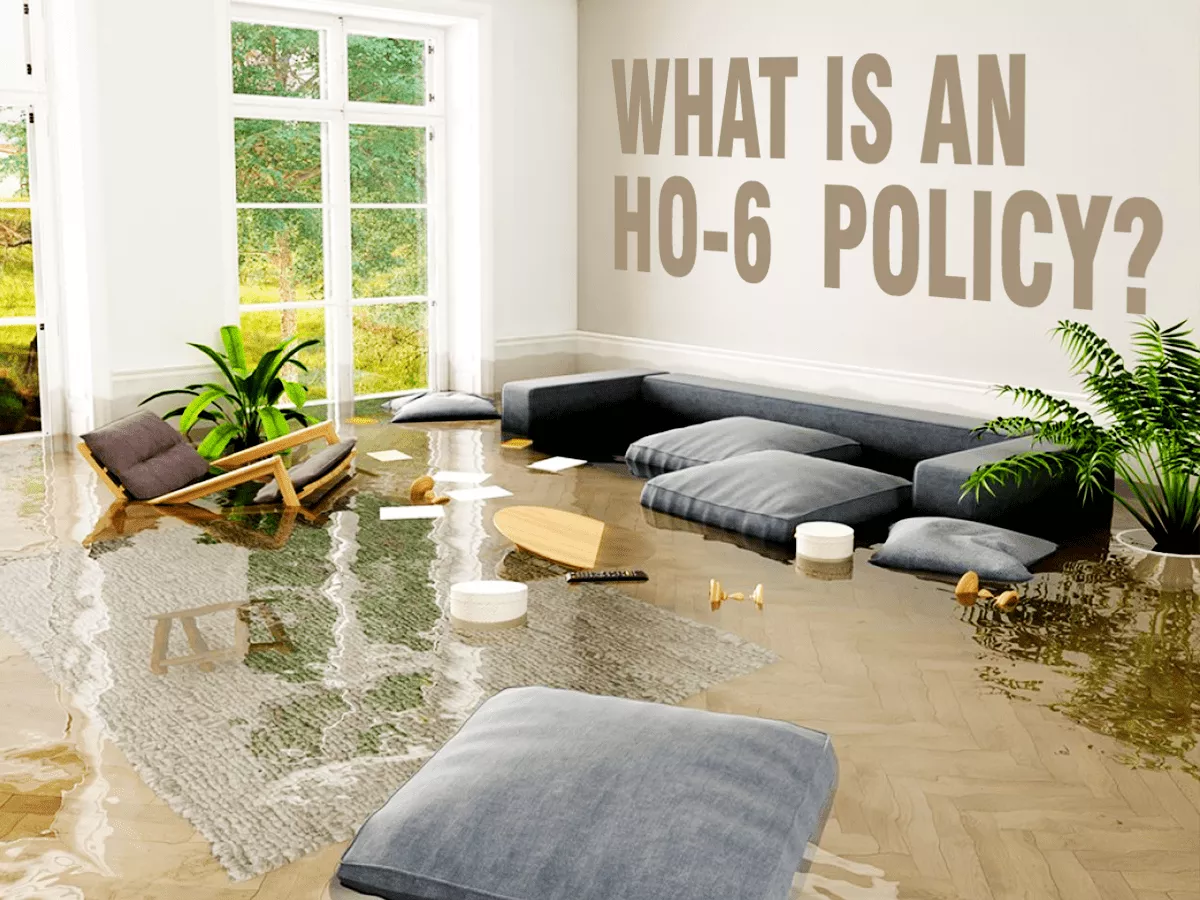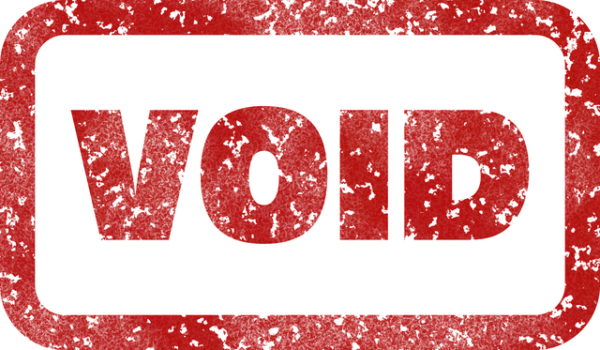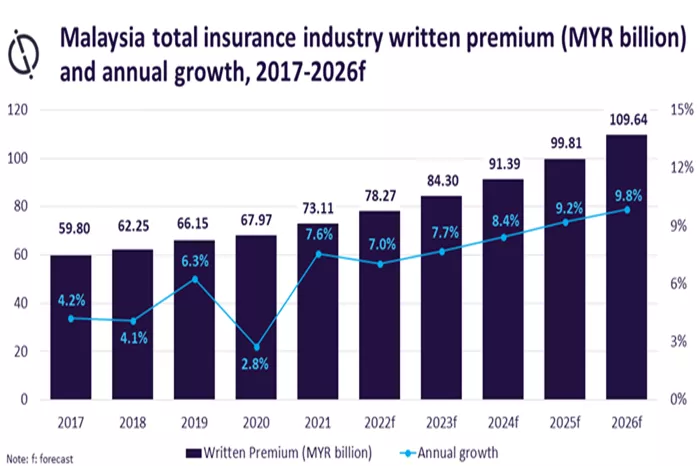Homeowners insurance is a vital consideration for anyone who owns a home. It provides financial protection against various risks, including damage to the structure, personal liability, and loss of personal property. But with different types of coverage available, it can be challenging to determine what type of homeowners insurance you need. This article will guide you through the essential aspects of homeowners insurance, helping you make informed decisions that suit your individual needs.
Understanding Homeowners Insurance
Homeowners insurance is a contract between you and an insurance provider. In exchange for premium payments, the insurance company agrees to provide financial protection against specific losses or damages. This coverage typically includes several key components:
Dwelling Coverage
Dwelling coverage protects the physical structure of your home, including the walls, roof, and built-in appliances. It covers damage caused by events like fire, storm, or vandalism.
Other Structures Coverage
This component covers structures on your property that are not attached to your home, such as garages, sheds, or fences. Similar to dwelling coverage, it protects against the same types of risks.
Personal Property Coverage
Personal property coverage insures the contents of your home, including furniture, electronics, and clothing. If these items are damaged or stolen, your policy will help cover the cost of replacement or repair.
Liability Coverage
Liability coverage protects you if someone is injured on your property and sues you for damages. It covers legal fees and settlements, ensuring that you are financially protected against potential lawsuits.
Additional Living Expenses
If your home becomes uninhabitable due to a covered loss, additional living expenses coverage helps cover costs for temporary housing, meals, and other living expenses while your home is being repaired.
Types of Homeowners Insurance Policies
There are several types of homeowners insurance policies, each designed to meet different needs. Understanding these types can help you choose the right coverage for your situation.
HO-1: Basic Form
The HO-1 policy is a basic form of homeowners insurance that covers only a limited number of perils, such as fire, theft, and vandalism. It does not cover personal liability or additional living expenses, making it a bare-bones option.
HO-2: Broad Form
The HO-2 policy offers broader coverage than HO-1, protecting against more perils. This type of policy typically includes coverage for damages caused by falling objects, weight of snow or ice, and more. However, it still has exclusions and may not cover all types of losses.
HO-3: Special Form
The HO-3 policy is the most common homeowners insurance policy. It provides coverage for your dwelling against all perils, except those specifically excluded in the policy. Personal property is covered on a named-peril basis, which means only the perils listed in the policy apply.
HO-4: Renters Insurance
The HO-4 policy is designed for renters rather than homeowners. It covers personal property and liability but does not provide coverage for the physical structure since the property is not owned by the tenant.
HO-5: Comprehensive Form
The HO-5 policy offers comprehensive coverage for both the dwelling and personal property. It covers a wide range of perils and typically has fewer exclusions than other policy types, making it an excellent choice for homeowners who want extensive protection.
HO-6: Condominium Insurance
The HO-6 policy is tailored for condominium owners. It covers personal property and liability while also providing coverage for improvements and betterments made to the unit.
HO-7: Mobile Home Insurance
The HO-7 policy is specifically designed for mobile or manufactured homes. It covers the structure and personal property, similar to HO-3 but with specific provisions for mobile homes.
HO-8: Older Home Insurance
The HO-8 policy is intended for older homes that may not meet current building codes or have a lower replacement value than their market value. This policy provides limited coverage and is usually chosen by homeowners with older properties.
See Also: Will It Cover Cracked Chimney Liner?
Determining the Coverage Amount
Choosing the right coverage amount for your homeowners insurance policy is crucial. Insufficient coverage can leave you vulnerable in the event of a loss. Here are some key factors to consider:
Replacement Cost vs. Actual Cash Value
When determining the coverage amount, you will encounter two primary valuation methods: replacement cost and actual cash value. Replacement cost refers to the amount needed to replace damaged property at current market prices, while actual cash value takes depreciation into account.
Assessing Your Home’s Value
To determine the appropriate coverage amount, assess your home’s value, considering factors like location, size, and building materials. It’s also wise to consult a real estate professional for a current market appraisal.
Inventorying Personal Property
Creating an inventory of your personal property helps you estimate the coverage amount you need. Take stock of your belongings and document their value to ensure that your policy covers them adequately.
Understanding Exclusions and Endorsements
Homeowners insurance policies often include exclusions that detail what is not covered. Familiarizing yourself with these exclusions can help you avoid unexpected costs. Common exclusions include:
Natural Disasters
Most standard policies exclude coverage for natural disasters such as floods, earthquakes, and hurricanes. Separate insurance or endorsements may be necessary for these risks.
Maintenance Issues
Damage due to lack of maintenance, such as mold growth or pest infestations, is typically not covered. Regular home maintenance is essential to prevent such issues.
High-Value Items
Expensive items like jewelry, art, and collectibles may have limited coverage under standard policies. Consider purchasing additional endorsements or riders to protect these valuable items adequately.
Choosing the Right Deductible
The deductible is the amount you pay out of pocket before your insurance kicks in. Selecting the right deductible can affect your premiums and financial security.
Balancing Premiums and Deductibles
Higher deductibles typically lead to lower premiums, but they also mean higher out-of-pocket costs in the event of a claim. Assess your financial situation and risk tolerance to find a balance that works for you.
Emergency Fund Considerations
Having an emergency fund can help mitigate the financial impact of a higher deductible. Make sure you have sufficient savings to cover your deductible in case of an unexpected event.
Shopping for Homeowners Insurance
When shopping for homeowners insurance, it’s important to compare policies and providers to find the best fit for your needs.
Researching Providers
Look for insurance companies with strong financial ratings and positive customer reviews. Reliable customer service and claims handling are essential when selecting a provider.
Comparing Quotes
Obtain quotes from multiple insurance companies to compare coverage options and premiums. Ensure that you are comparing similar coverage levels and deductibles for accurate comparisons.
Asking About Discounts
Many insurance companies offer discounts for various reasons, such as bundling policies, having security systems, or being claims-free. Inquire about available discounts to reduce your premium costs.
Reviewing Your Policy Regularly
Your insurance needs may change over time due to various factors, including renovations, changes in personal property, or shifts in the housing market. Regularly reviewing your homeowners insurance policy ensures that you have adequate coverage.
Updating Coverage After Renovations
If you make significant renovations or improvements to your home, be sure to update your policy to reflect the increased value of your property.
Adjusting for Personal Property Changes
As you acquire new belongings or make major purchases, adjust your personal property coverage accordingly. Keep your inventory updated to ensure you’re adequately covered.
Reassessing in Response to Market Changes
Changes in the housing market can affect your home’s value. Periodically reassess your coverage amount to ensure it aligns with current market conditions.
Conclusion
Determining the type of homeowners insurance you need involves understanding the various policy types, coverage options, and factors that influence your coverage amount. By taking the time to assess your individual needs, you can select a policy that provides adequate protection for your home and belongings, safeguarding you against potential financial losses. Regularly reviewing your policy will ensure that your coverage remains aligned with your evolving needs.






















